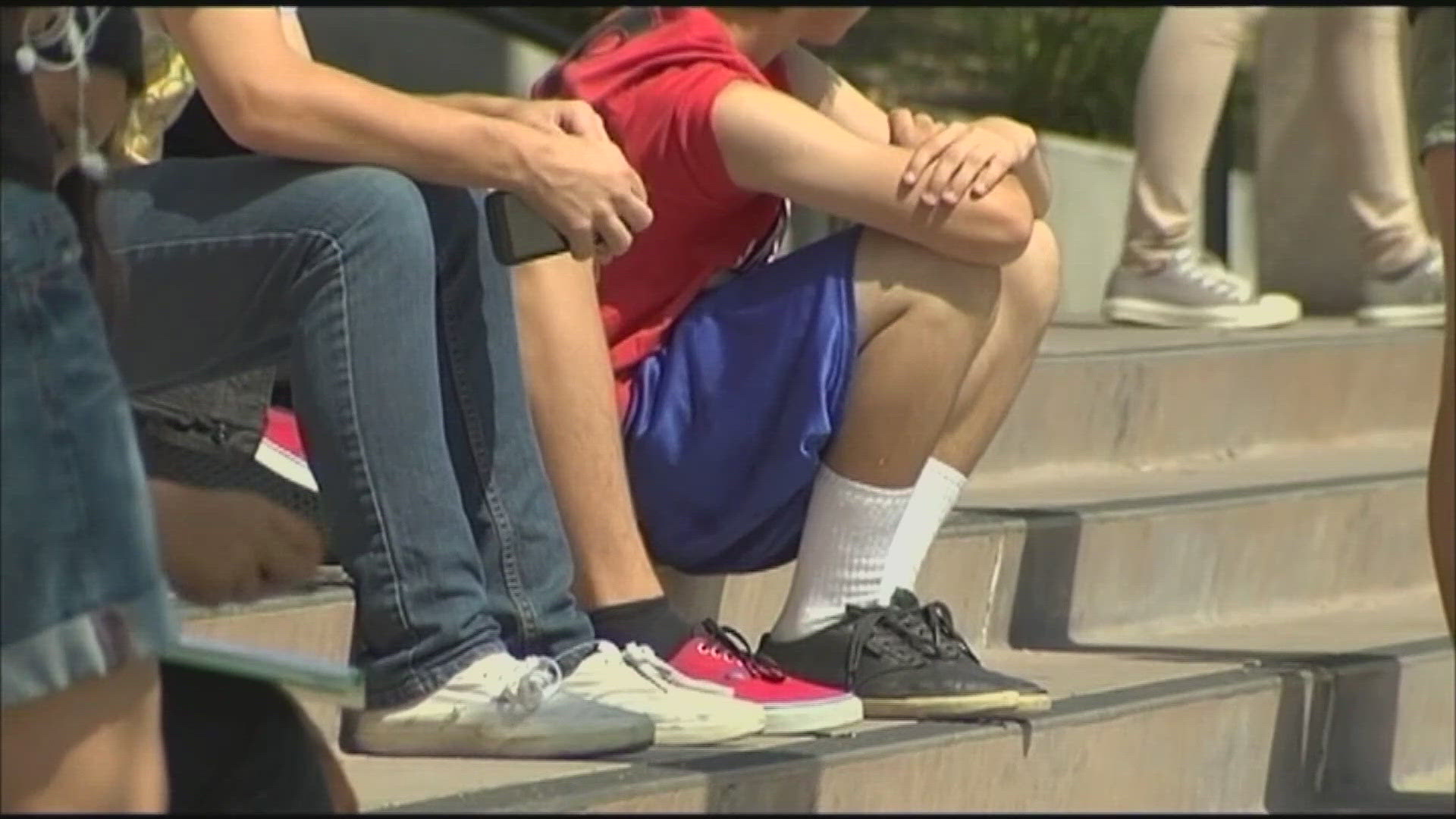PORTLAND, Oregon — One person dies by suicide every 11 minutes in the U.S., according to the Centers for Disease Control (CDC) data from 2022.
This week is National Suicide Prevention Week, and September is National Suicide Prevention Month.
The topic can be tough to talk about. Often, people are worried about saying the wrong thing, or they just don't know what to say.
But Jamie Vandergon — CEO of Trillium Family Services, Oregon's largest provider of children's mental health services — said it's important we step out of our comfort zones.
“Ask someone really how they're feeling — not 'Fine, how are you?' but to press someone to really say, 'What's going on with you? I've noticed a change. I've noticed something really different and not being afraid to open up that conversation,'” said Vandergon.
She said the problem of suicide is significant in Oregon.
“We consistently rank last as far as access to treatment and treatment needs for youth and families, and honestly, even adults across the state of Oregon,” Vandergon said.
Dr. Mike Franz, executive medical director of behavioral health at Regence BlueCross BlueShield of Oregon, said in 2022, Oregon had the 12th highest youth suicide rate in the country.
“Suicide is the second leading cause of death among children ages 5 to 24 in Oregon, and we've seen an increase in this rate in 2022, which was the first increase since 2018,” Franz said.
The increase in these types of behavioral health conditions is believed to be correlated with social media and smartphone use.
“Kind of the 2010-2015 time range, we saw a real spike in the increase in behavior health concerns about our youth,” said Franz.
This summer, the U.S. surgeon general even asked Congress to require warning labels on social media platforms, similar to those on cigarette boxes, telling of its effects on young people's lives. This week, Oregon's attorney general joined the long list of attorneys general calling for the same thing.
“I think as a community, we're finally realizing that mental health is health,” Vandergon said.
Both she and Franz said there are a number of myths around suicide, too.
The first is that it only affects people with a mental health issue. Franz said more than half of suicides can't be tracked to a diagnosable condition.
Another myth is the idea that most suicides happen without warning. That's not true. There are plenty of signals, such as talking about wanting to die, being a burden, feeling persistently hopeless, giving things away and significant changes in mood — all things to look out for.
Vandergon and Franz said potentially the biggest myth is that talking about suicide increases the risk of it. Again, they say it’s untrue; studies have shown having conversations with people you're worried about and connecting them with resources decreases the risk.
If you or someone you know needs help, call or text 988, the National Suicide Prevention Hotline; it is open 24-7.
Vandergon said only 18% of Oregonians know about 988, so she said it’s imperative people talk to their family and friends about the hotline, so they are aware of the resource.

